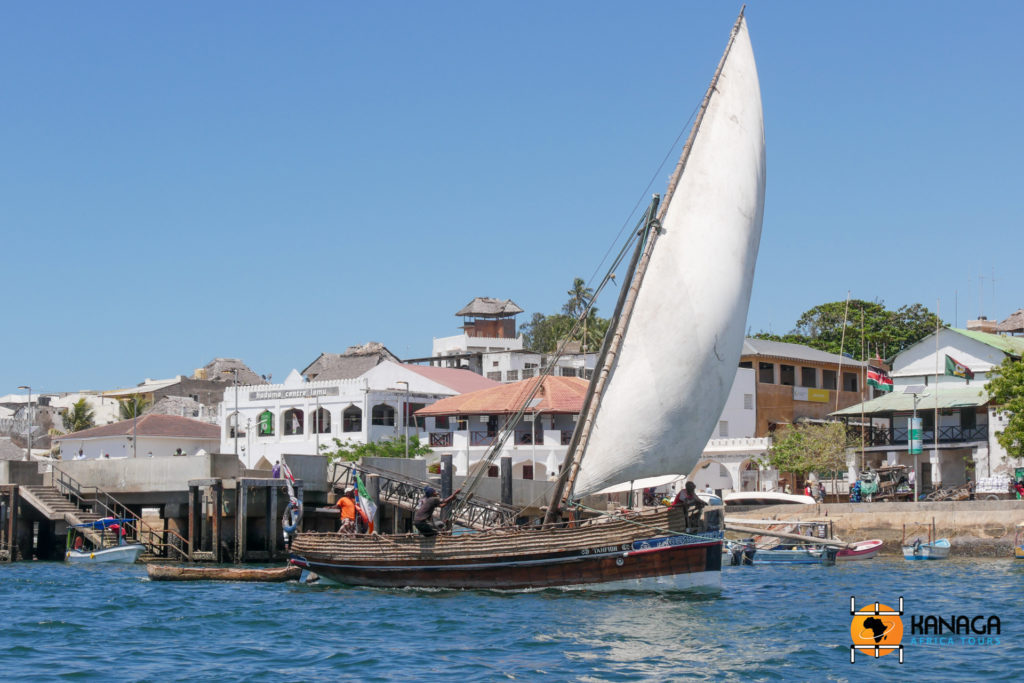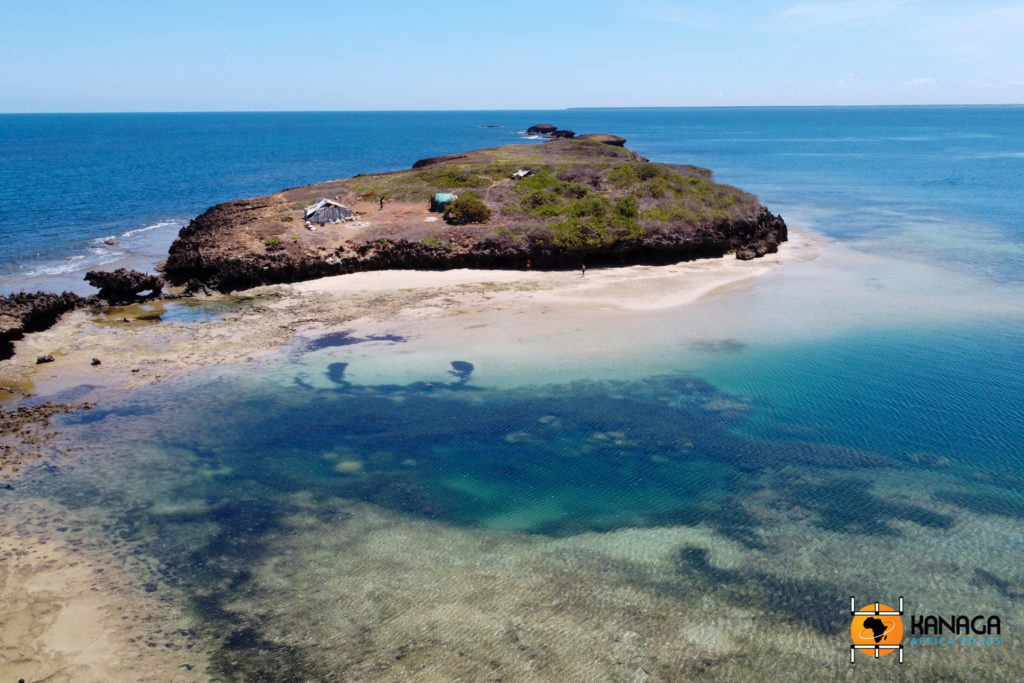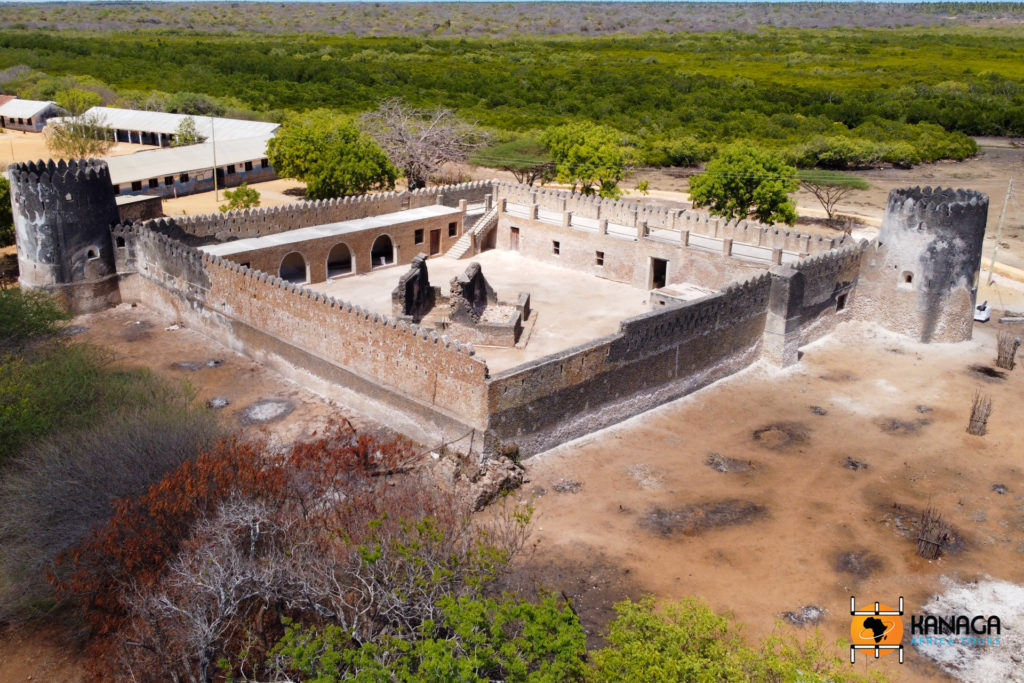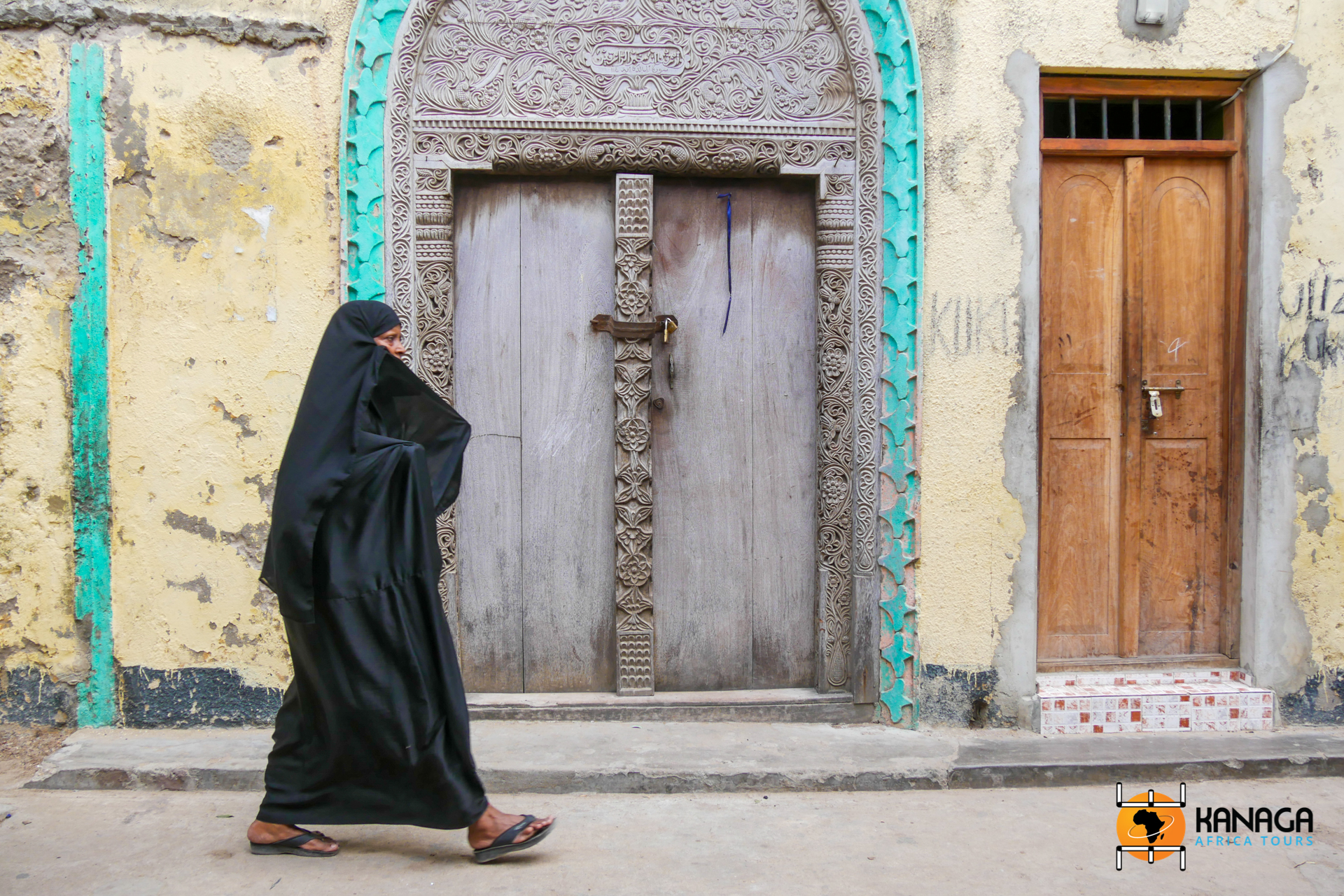© M. Santoro
On some fifty islands and islets, off the northern coast of Kenya, lies one of the most precious pearls of the Indian Ocean, the Lamu archipelago, which takes its name from its main town on the island of the same name, a true marine paradise and a treasure trove of ancient historical-architectural evidence, so much so that it was included on the UNESCO World Heritage list in 2001.
Aquatic landscapes of a thousand shades of colour, criss-crossed by mangrove channels and coral reefs, extremely rich seabeds and white beaches, dazzling dune belts, small promontories of reefs and baobabs, it is among these paradisiacal settings, dotted with dhows (traditional boats), that one of the most authentic Swahili civilisations flourished, under the influence of centuries of trade with the Arab, Yemeni and Persian populations.
Founded in the 9th century, the city of Lamu still preserves its fascinating traditional architecture, the “stone houses”, built with a particular coral rock and mangrove wood. These white houses with their blind façades, enlivened only by the entrance porticos and splendid inlaid doors, are home to the coast’s most identifiable Muslim communities, despite a past that has seen the alternation of ancient sultanates, Portuguese rulers, Zanzibar alliances and British colonisation. Its twenty mosques, including the 14th-century Pwani Mosque, make it a true pilgrimage destination, a spiritual centre for all East African Islam, with festive celebrations, processions and dhow races during the Mawlid (the birth of the Prophet), while its monumental 19th-century fort testifies to the influence that the neighbouring sultanate of Pate Island had on Lamu.
The small village of Matondoni, not far from Lamu, is famous for its dhow boatyard, which is still made by working wood according to ancient ancestral techniques, while on the extreme promontory to the south-east is the paradisiacal Shela beach, with its immense dunes of fine sand. A small channel separates it from the nearby Manda island, which has a rich past but is now almost uninhabited. Here, the spectacular ruins of three fortified citadels survive: Manda, Kitau and Takwa, the latter being the best preserved and still sporadically visited by the descendants of the Swahili communities who lived here between the 15th and 18th centuries. Further north in the archipelago are Pate Island, which shares with Manda an equally prestigious past, of which the ancient remains bear witness, Faza Island and Kiwayu Island, which inaugurate an area of marine parks and reserves of breathtaking naturalistic richness, authentically wild and uncontaminated.







